Click the points on the map to learn more.
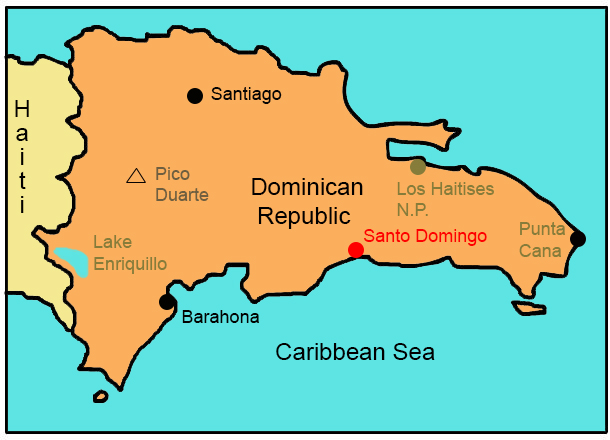
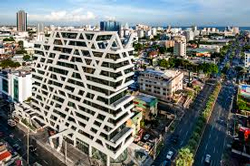 |
Santo DomingoSanto Domingo was founded in 1496 by Bartholomew Columbus (Christopher Columbus’ brother), and is the oldest European settlement in the Western Hemisphere. It is the site of the first castle, university, monastery, and fortress in the New World. It is also one of the largest city in the Caribbean by documented population. It became the staging point for most Spanish expeditions to other islands in the West Indies. Today, Santo Domingo is the cultural and economic center of the Dominican Republic. |
| Back to Map | |
 |
SantiagoSantiago is located in the northern Dominican Republic, and is the second largest city in the nation. Destroyed by an earthquake in 1562, the city rebuilt a few miles away and has since survived numerous earthquakes and fires. The city’s economy depends on the production of cigarettes, rum, furniture, and processed foods, as well as tourism. |
| Back to Map | |
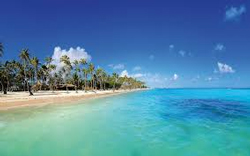 |
Punta CanaPunta Cana means “tips of white palms.” Punta Cana, located on the DR’s eastern coast, is one of the most popular tourist destination in the Caribbean. The beaches are lined with palm trees, giving it the nickname La Costa del Coco, or the Coconut Coast. Tourists flock to Punta Cana to enjoy the pristine beaches, as well as the diving, snorkeling, whale watching, surfing, jungle tours, ziplines, and more. |
| Back to Map | |
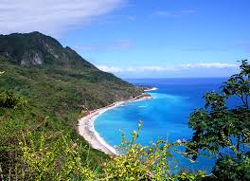 |
BarahonaCoastal Barahona city is only a portion of the area named Barahona, which includes the inland provinces of Bahoruco and Independencia, and covers around 3,000 square miles of land in the southern portion of the DR. The area is known for its scenery, beaches, biodiversity, forests and birdwatching. |
| Back to Map | |
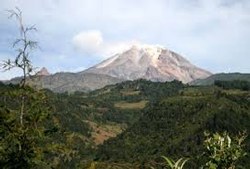 |
Pico DuarteAt 10,164 feet, Pico Duarte is the tallest peak in the Caribbean. It rises in the Cordillera Central rang, in the western portion of the country. The mountain is named after Juan Pablo Duarte, one of the Dominican Republic’s founding fathers. Duarte’s bust in bronze sits atop a stone pedestal at the mountain’s summit. |
| Back to Map | |
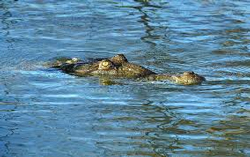 |
Lake EnriquiloWith a surface area of 145 square miles, Lake Enriquillo is the largest lake in the Caribbean and also occupies the lowest point in the Caribbean at 148 feet below sea level. It is a saline (salt) lake. Lake Enriquillo is said to be the home of the largest population of American Crocodiles in the Caribbean. |
| Back to Map | |
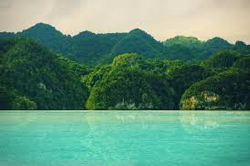 |
Los Haitises National ParkLos Haitises National Park is located in Samana Bay, near the Port of Samana Town. Although "haitis" means highland or mountain range in the native Taíno language, the park’s hills rise only as 130 feet at the highest. The park features many caverns created by water erosion, which Native Americans adorned with pictographs and petroglyphs. |
| Population: | 10,470,000 |
| Area: | 18,704 square miles |
| Capital City: | Santo Domingo |
| Largest City: | Santo Domingo |
| Currency: | Dominican Peso |
| Official Language: | Spanish |
| GDP (Gross Domestic Product) | $61.2 billion |
- The Dominican Republic is the oldest country in the Americas. It was the first place in the New World reached by Christopher Columbus in 1492
- The Dominican Republic was colonized by the Spanish in 1493
- Santo Domingo, was home to the first chartered university, hospital, cathedral, and monastery in the Americas
- Between 1821-1844, the country (then known as Santo Domingo) was conquered and ruled by the Haitians.
- Sugar, tobacco, cocoa, and coffee are the country’s four main agricultural exports
- The Dominican Republic represents the largest economy in the Caribbean and Central America
- The Dominican Republic sends more players to Major League Baseball teams than any other country outside the United States
- The Dominican Republic has the second largest population in the Caribbean
- The amber stone with the mosquito inside shown in Jurassic Park is on display at Puerto Plata’s Amber Museum
- The Dominican Republic features over 250 miles of beaches
|
|
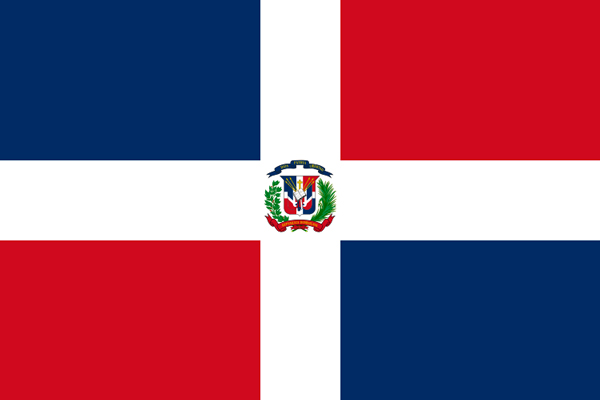 |
|
The blue rectangles stand for liberty, while the red stand for the blood of heroes. The white cross symbolizes salvation. In the center, a coat of arms features a shield, with a laurel branch and a palm branch to its left and right. Above the shield a blue ribbon reads Dios, Patria, Libertad (God, Fatherland, Liberty). |
|